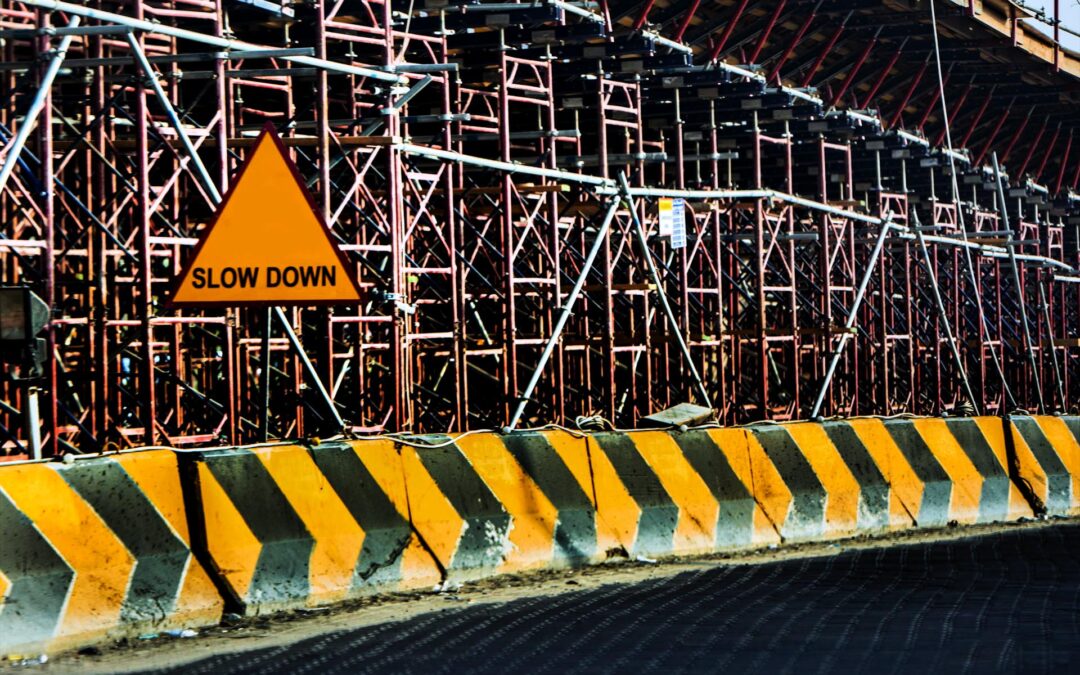Safety is a critical aspect of commercial construction, a sector that involves high-risk activities due to the nature of the work, the scale of the projects, and the machinery and materials involved.
Ensuring safety on construction sites is not just a regulatory requirement but a moral obligation that protects workers, improves productivity, and ensures project success.
Six Reasons Safety is Critical
1. Protecting Lives and Well-Being
The initial motivation for stressing safety in commercial construction is to protect the lives and well-being of workers. Construction sites are inherently dangerous, with risks including falls, machinery accidents, exposure to harmful substances, and structural failures. Implementing rigorous safety protocols, providing proper training, and ensuring the use of personal protective equipment (PPE) can significantly reduce the incidence of accidents and injuries.
2. Compliance with Regulations
Commercial construction is governed by strict safety regulations and standards set by organizations such as OSHA (Occupational Safety and Health Administration) in the United States. Compliance with these regulations is mandatory and helps prevent legal issues and penalties.
Following safety standards also enhances the reputation of construction firms, making them more attractive to clients and investors.
3. Enhancing Productivity
A safe construction site is a productive one. Accidents can lead to delays, increased costs, and disruptions in the workflow. By fostering a culture of safety, construction firms can minimize these disruptions, maintain steady progress, and ensure that projects are completed on time and within budget. Workers who feel safe are more focused and motivated, which further boosts productivity.
4. Reducing Costs
While safety measures require investment, they ultimately reduce costs associated with accidents, including medical expenses, compensation claims, and legal fees. Moreover, construction projects with a good safety record often benefit from lower insurance premiums. The long-term savings from preventing accidents far outweigh the initial costs of implementing safety protocols.
5. Promoting a Positive Work Culture
Emphasizing safety creates a positive work environment where employees feel valued and respected. When workers see that their employers prioritize their health and safety, it fosters trust and loyalty. This can lead to higher employee retention, reducing the costs associated with recruiting and training new workers.
6. Ensuring Project Quality
Safety and quality are closely linked in construction. A safe working environment allows workers to focus on their tasks without fear of injury, leading to higher-quality workmanship. Conversely, a lack of safety can result in rushed or careless work, leading to defects, rework, and compromised structural integrity.
In the commercial construction industry, safety is non-negotiable. It is essential for protecting workers, complying with regulations, enhancing productivity, reducing costs, promoting a positive work culture, and ensuring the quality of projects. By prioritizing safety, construction firms not only fulfill their legal and ethical responsibilities but also set the foundation for long-term success and sustainability in the industry.
For more news on commercial construction in Southern California and how Creed LA’s efforts are transforming the impact on your community visit https://creedla.com.

